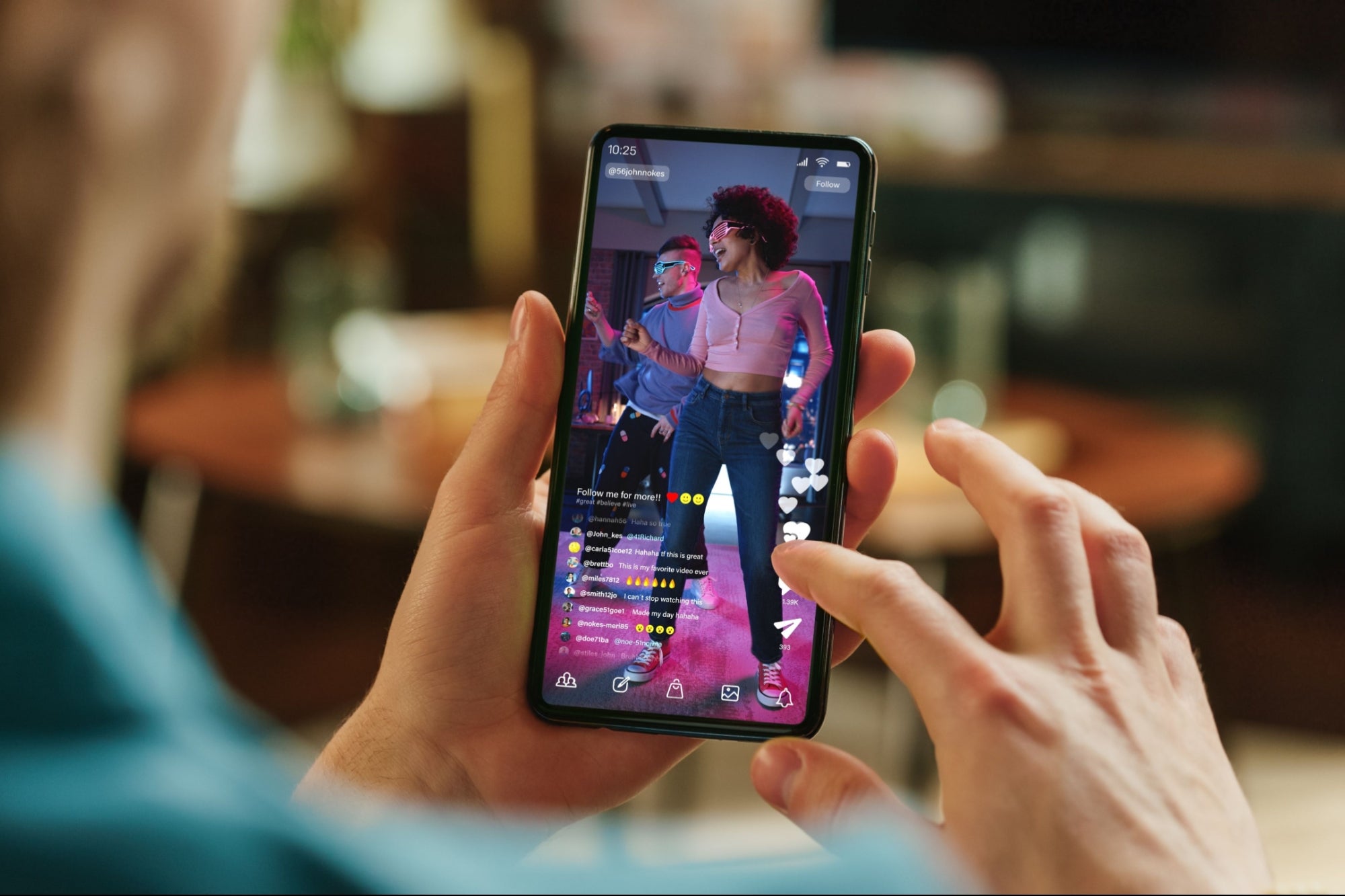Vertical Video for Your Business? Pros, Cons & Expert Tips
Vertical Video is no longer just a passing trend - it’s fast becoming a dominant force in digital marketing. From TikTok and Instagram Reels to YouTube Shorts and Facebook Stories, vertical video has emerged as the preferred format for mobile-first audiences. But is it the right approach for your business?
In this article, we’ll break down the pros and cons of vertical video, offer expert insights, and help you decide how to integrate this format into your content strategy.
Why Vertical Video Matters in 2025
Over 80% of social media usage takes place on mobile devices. Naturally, people hold their phones vertically - so creating content that fits the native screen orientation makes perfect sense.
Platforms like TikTok, Instagram, and Snapchat have accelerated this shift. Even traditionally horizontal-focused platforms like YouTube are embracing vertical video through YouTube Shorts.
Advantages✅
1. Optimised for Mobile Engagement
Vertical videos occupy more screen space on mobile phones, leading to better visibility and engagement. Your message remains the focal point, with fewer distractions.
2. Boosted Reach on Social Platforms
Social platforms are currently prioritising vertical content in their algorithms. This means increased organic reach and stronger visibility for your brand.
3. Quicker Content Production
Vertical videos tend to be short and snappy, making them quicker to film, edit, and share. Ideal for behind-the-scenes clips, product teasers, or quick how-tos.
4. Higher Ad Performance
According to Meta (formerly Facebook), vertical video ads can deliver a 30–35% higher view-through rate than landscape ones — a major win for mobile campaigns.

Disadvantages ❌
1. Reduced Visual Space
Vertical format can feel limiting when it comes to showing wide-angle shots, detailed product demonstrations, or immersive scenes.
2. Limited Flexibility Across Platforms
Vertical videos aren’t ideal for every platform. If you’re repurposing content for YouTube or your website, landscape might still be the better choice.
3. Branding Challenges
The narrow frame can make it harder to showcase logos, slogans, or product features without feeling cramped. Design must be carefully considered.
Final Thoughts: Should Your Business Go Vertical?
If your audience is largely mobile-based - especially Gen Z or Millennials - then vertical video is a smart investment. It’s engaging, platform-friendly, and ideal for grabbing attention in today’s scroll-heavy digital world.
However, a balanced strategy is still the best approach. Combining vertical content with landscape video ensures you’re ready for all platforms and audiences.
Need support with planning or producing high-performing vertical video content? At Bristol Video Company, we specialise in crafting video that not only looks great - it converts.
Subscribe to our
newsletter.
Get valuable strategy, culture, and brand insights straight to your inbox.
By signing up to receive emails from Bristol Video Company. We treat your info responsibly. Unsubscribe anytime.




